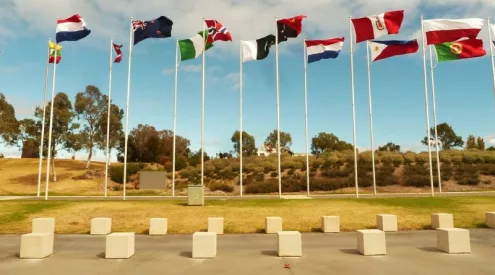Sea level rise is an inevitable effect of climate change but communicated correctly scientists say it could be a valuable tool for helping people understand climate change.
Ben Strauss, acting executive director of Climate Central, an organisation that aims to provide a bridge between the scientific community and the public, said: “Sea level rise is almost unique among other impacts of climate change. The stakeholders are easy to identify. This is an effect with an address.”
He believes sea level rise is important for helping people understand climate change. Rather than talking about climate change effects far away, or in the future sea level rise is a problem that is already affecting the US coastline.
He said: “If we deploy carbon negative technology we might have a chance of slowing down sea level rise but it is inevitable. It is underway. There has been a rise of one foot over the last century in the US.”
He is developing what he calls “˜the next generation of sea level rise maps’ which will show more detail and local variations.
He said: “We can find hot spots and pockets of risk in areas that are not otherwise thought of as in danger.”
The map, which is not ready yet, will offer users the ability to type in an address, dial a decade and see the sea level rise for that specific location.
Strauss is hoping for media interest in his maps, which will have search facilities for areas of interest such as military bases, places of worship or the most vulnerable cities.

















